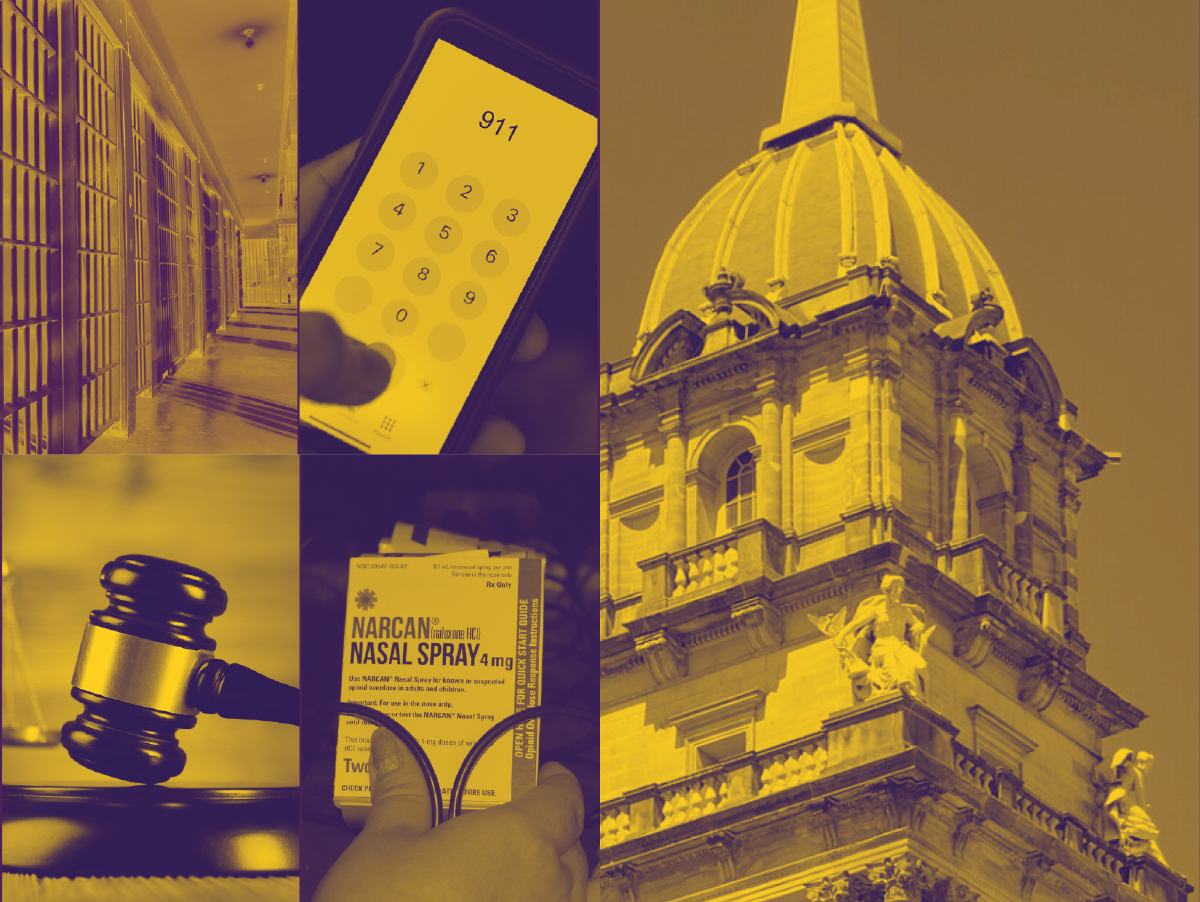Wayne County Stakeholders Collaborate on Youth Justice Intervention Strategies
October 2024 was a big month for brainstorming, planning and strategizing at the behavioral health/criminal legal intersection in Wayne County. In a two-session event hosted by the Center for Behavioral Health and Justice at the Wayne State University School of Social Work, delegates explored critical intervention mapping (CIM) for youth justice to understand the effect of youth justice on families.
The event, sponsored by the Flinn Foundation, was held at The Henry in Dearborn and took place on October 2 and October 16, 2024. In attendance were 40-50 key stakeholders from Wayne County involved in youth justice and representing the court, education, care management, community health networks and individuals with lived experience, among others.
Moderating the event was Tyler Logan, founder and CEO of Black in Public Health. Logan’s work is at the intersection of public health, philanthropy and the criminal-legal system to mitigate health disparities in BIPOC, justice-involved and youth populations, According to the Critical Intervention Mapping for Youth Justice event program.
What is CIM and why is it important?
The term “critical intervention mapping” refers to the steps through which youth can travel when they come into contact with law enforcement, explains Nanci Hambrick, Wayne County Initiative Manager at Center for Behavioral Health and Justice at the Wayne State University School of Social Work. Her role in the CIM for Youth Justice event is to bring people together and facilitate conversations, so that action can be taken.
As a visual of the continuum, Hambrick describes a ruler: zero to two inches are community supports, two to four are the point a youth comes into contact with law enforcement, four to six are if they have to go to court, six to eight are if they get detained, eight to 12 are reentry into the community.
“(CIM) is looking at the different places youth could potentially be deflected from going further on the ruler,” she says. If, for example, a police officer who is called out to a family home for a domestic situation can connect the youth to a social worker to de-escalate and help the family into supportive services, the youth is not moving to the next step on the ruler, which is detention.
“There are all these points along the way, and the goal is to divert and deflect youth from getting further down into that system because once you’re in, it’s really hard to get out,” Hambrick says, adding that once a youth is in the legal system, there’s not as much room to affect change. The effort, then, is a focus on early intervention as well as supportive reentry.
Important work in Wayne County
With teen behavioral and mental health in the U.S. at an all-time high, delegates are drilling down to Wayne County to assess available resources and gaps, especially in giving individuals agency over what they want and need as resources.
“What I like about this (event) is taking a step back to let the people working in the systems identify what that is and really engaging — rather than coming with a top-down solution, which is much more typical,” Hambrick says.
Hambrick says there’s power in gathering people together to have these important conversations, and, she says, the Flinn Foundation is on board with this practice. “They want data-driven and evidence-based practices, but they also understand and value this part of it,” she explains.
“What I find so valuable is that understanding that change theory is building the consensus before you can come up with everything else. The more I work in this field, the more deeply I appreciate that.”
Learn more about the initiatives of the Center for Behavioral Health and Justice at the Wayne State University School of Social Work at wayne.edu.

